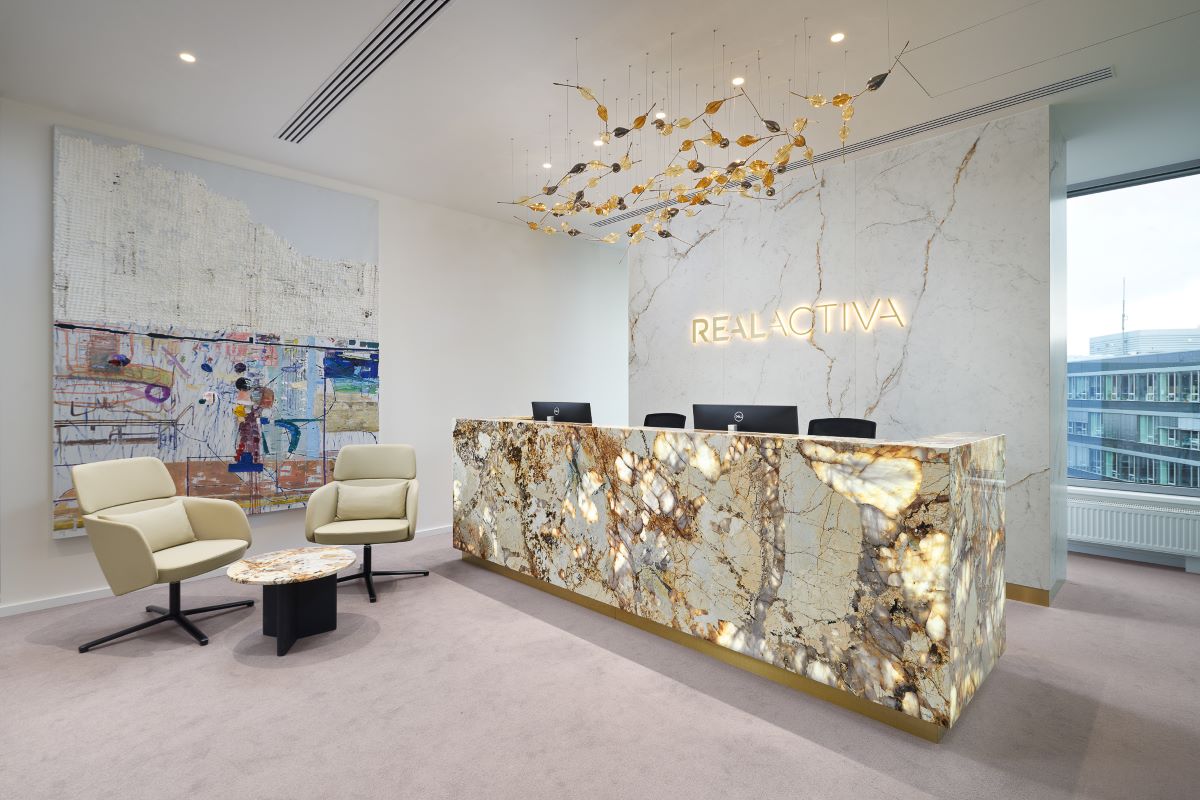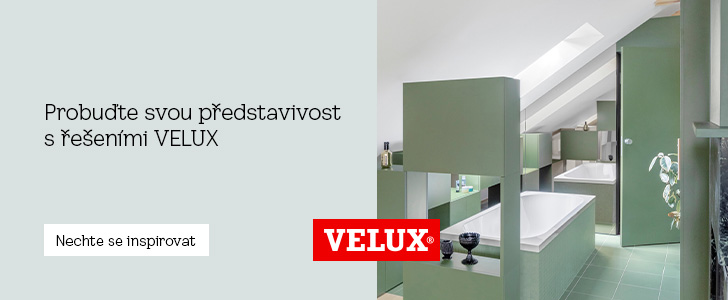
Natural stone in the interior
The concept of natural stone in interiors has undergone significant changes in recent years. The era of polished marble wall coverings from top to bottom is long gone. Today's design operates under a completely different philosophy. The current emphasis on natural and genuine materials, which combine durability, simplicity, and practicality, is something that natural stone can adapt to wonderfully.
 |
Don't be afraid of large formats
Pavements and tiling are stone evergreens that also appear frequently in interiors. For interior pavements and tiling, all types of natural stone can be chosen thanks to favorable climatic conditions. The surface treatment is also crucial. A popular choice is a honed, smooth but matte surface, which works excellently with stones that have interesting patterns as well as with more uniform pieces.A significant shift in thinking about stone in interiors is the growing popularity of large-format pavements and tiling, whose size and joint layout are tailored to the specific space. The size of the individual formats is limited mainly by the size of the stone blocks themselves and the handling options during installation. Large formats particularly stand out with stones that have more pronounced patterns or structures, such as marbles, travertines, or limestones. Large-format pavement adds an elegant atmosphere and a sense of design intent and cleanliness to the space.


The most used place in the house
The kitchen countertop is considered by some to be the most used surface in the entire household. For such a heavily used surface, mechanically and thermally resistant natural stone is the ideal choice. But beware! Not all types of natural stone are suitable for the kitchen. For kitchen countertops, it is necessary to choose non-porous stones like granites and quartzites, and with a suitable surface finish. The classic polished surface has recently been challenged by a leather finish, which creates a structurally closed, non-porous, and slightly textured surface through gradual brushing. In contrast, marbles or limestones are unsuitable for kitchens due to their chemical sensitivity to acids (lemon juice, vinegar).An interesting alternative for kitchen countertops can also be artificial or sintered stone. Their advantage lies mainly in a wider range of colors and patterns, especially in lighter shades, and in the case of sintered stone Neolith, the possibility of a truly thin slab – only 12 mm.


Stone in a hundred ways
Stone finds application in other areas of the interior due to its properties. In bathrooms, the proper surface finish is essential to ensure slip resistance and non-porosity. Natural stone works excellently as flooring in bathrooms, smoothly transitioning into a stone shower area at the same level. Such a solution is elegant and maximally comfortable. Natural stone is also a popular choice for sink countertops or even the sinks themselves.Natural stone is also finding its way into places that can expect high loads within the interior. Such places can be staircases. Stone window sills withstand the often variable microclimate around windows. Around the fireplace, stone cladding and pavement easily meet the demands for fire resistance and scratch resistance.



Details matter
Interior applications of natural stone are generally more sensitive to the level of detail due to the greater complexity of the interior spaces in terms of materials used and finer scale. In addition to the choice of stone itself and its surface treatment, other factors must be considered. The choice of formats, joint layout, or grout color contributes to the overall design. A whole chapter is dedicated to stone tricks, such as thin, rounded, or otherwise profiled edges, or various grooves, drainage channels, etc.Stone as a design gem
Finally, we must not forget about onyx walls – an exceptional design element for true lovers of stone. Onyx walls become a picture in the interior that can draw attention and become the focal point of the entire space. It is practical to place onyx walls in such a way that they form a partition wall or divider within the room, giving them function and the possibility to be seen from both sides. Onyx, marbles, or quartzites installed in this manner can also be illuminated, enriching the structure of stone and turning the entire wall into a pleasantly subdued light source.


The popularity of natural stone in interiors is on the rise. The entire spectrum of realizations proves that the main impression of a stone interior can embody not just ostentation, but understated elegance.
Functionality, durability, and beauty of natural stone are something that generations of its residents can enjoy in their apartment or house.
The English translation is powered by AI tool. Switch to Czech to view the original text source.












